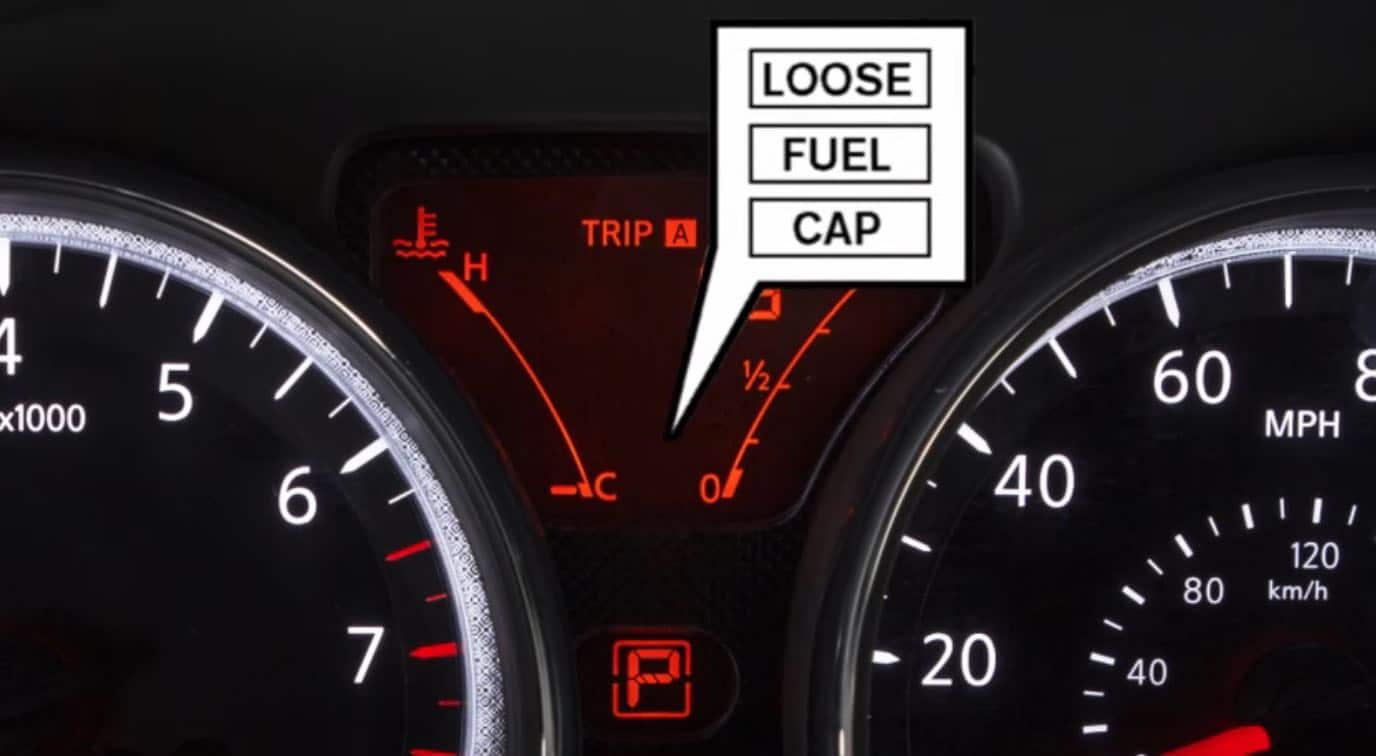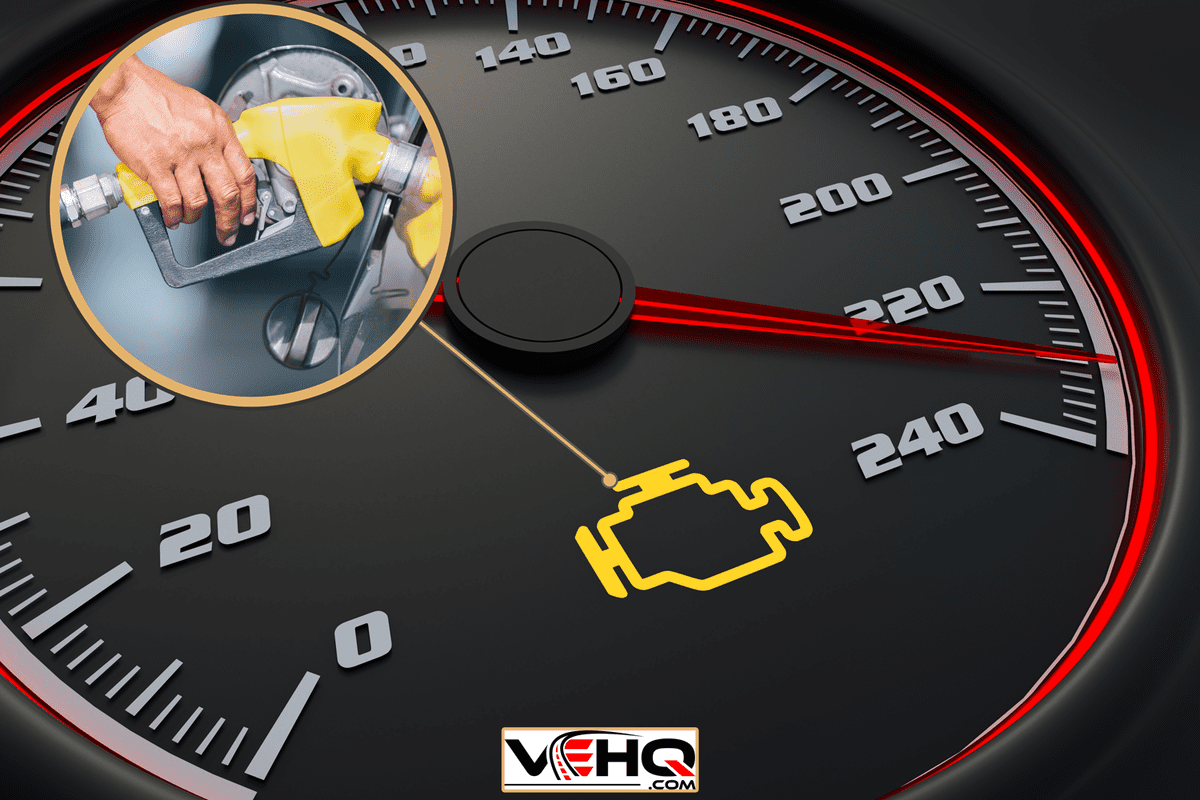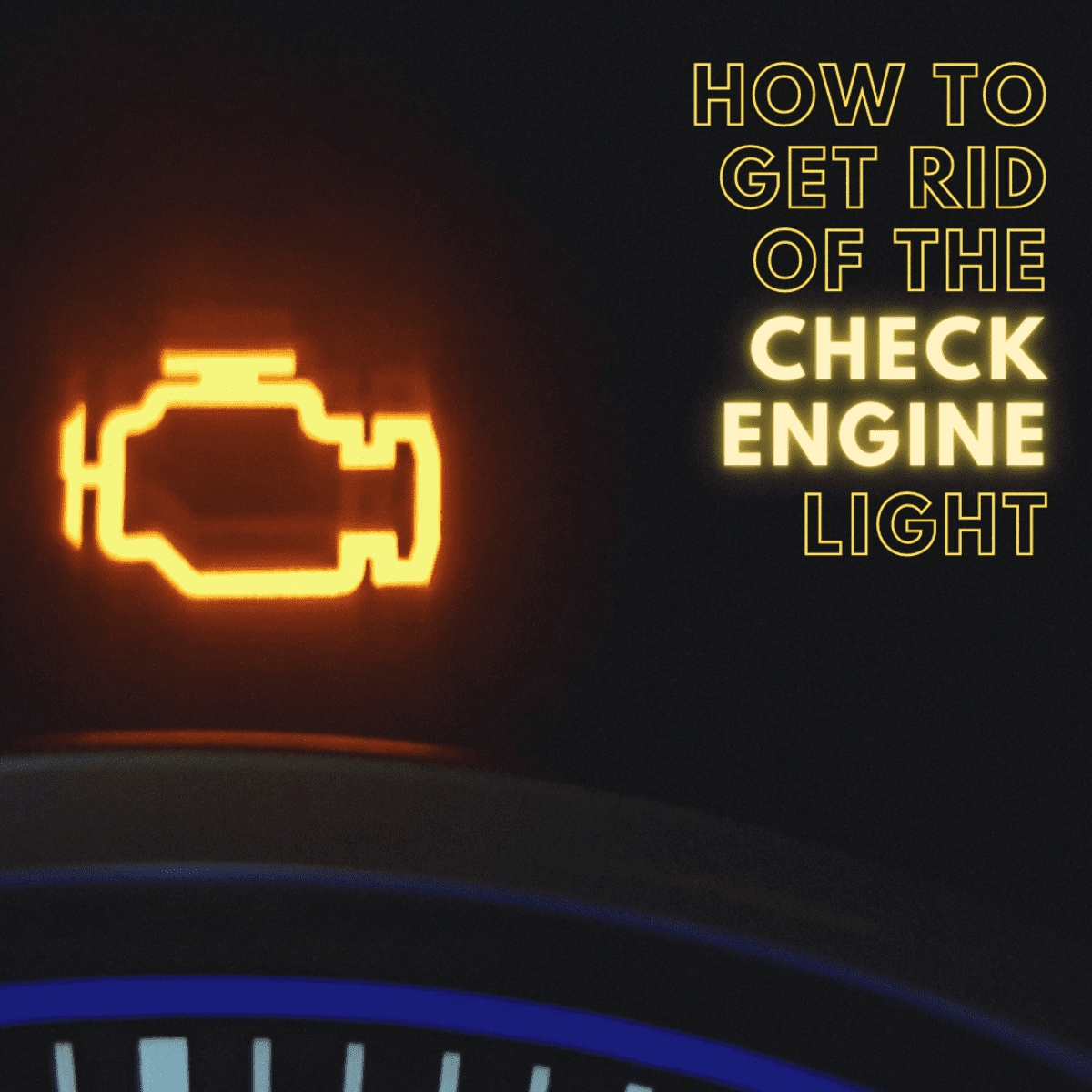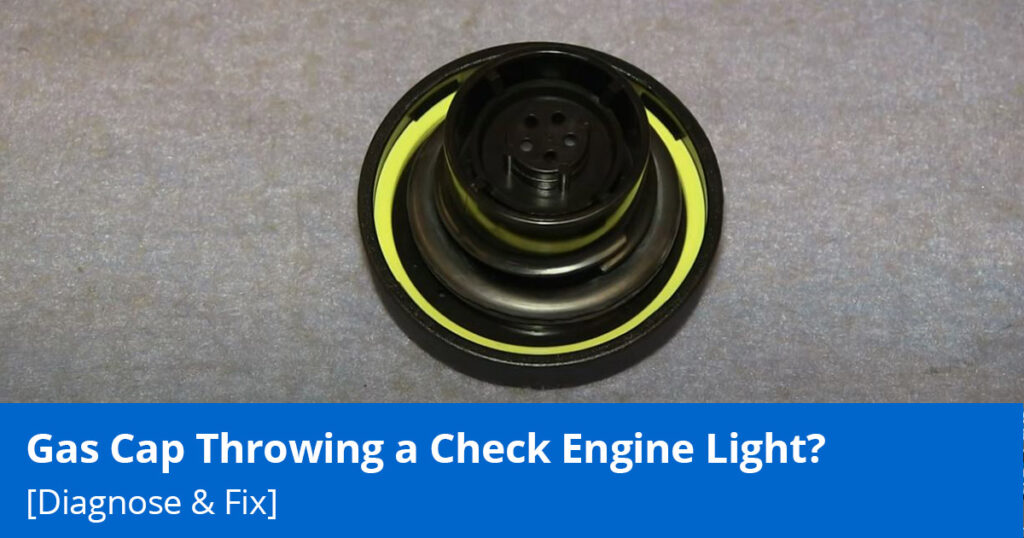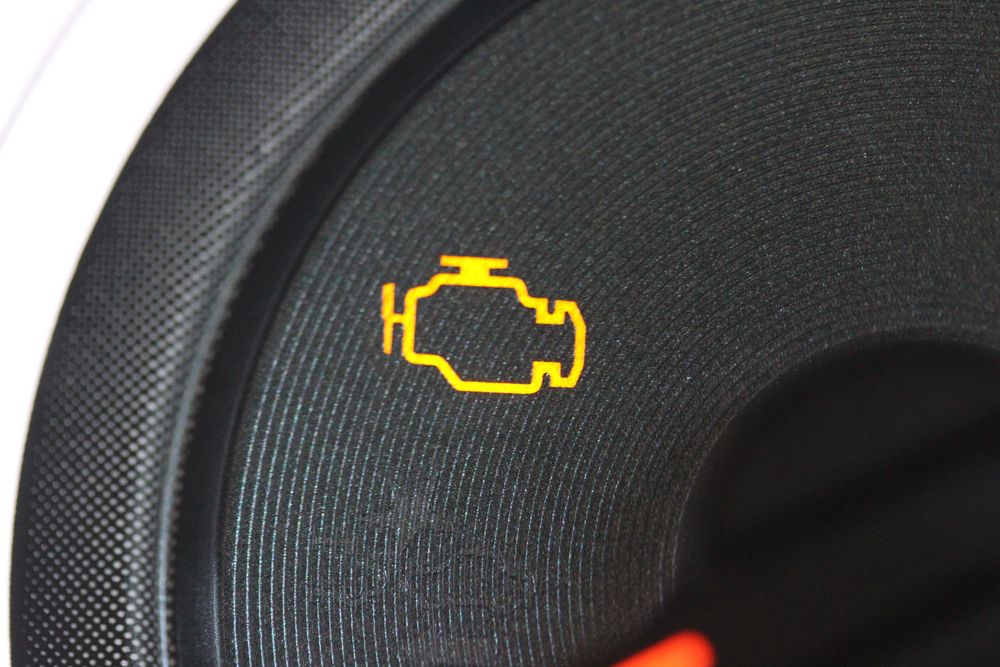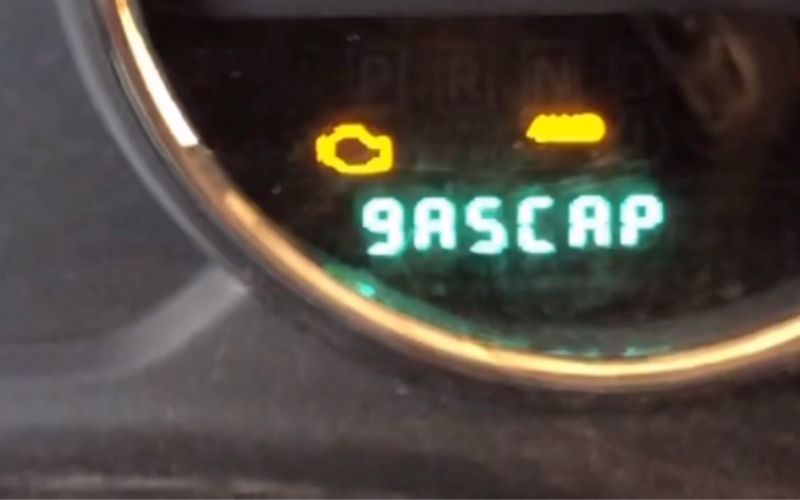Can A Loose Gas Cap Cause Check Engine Light
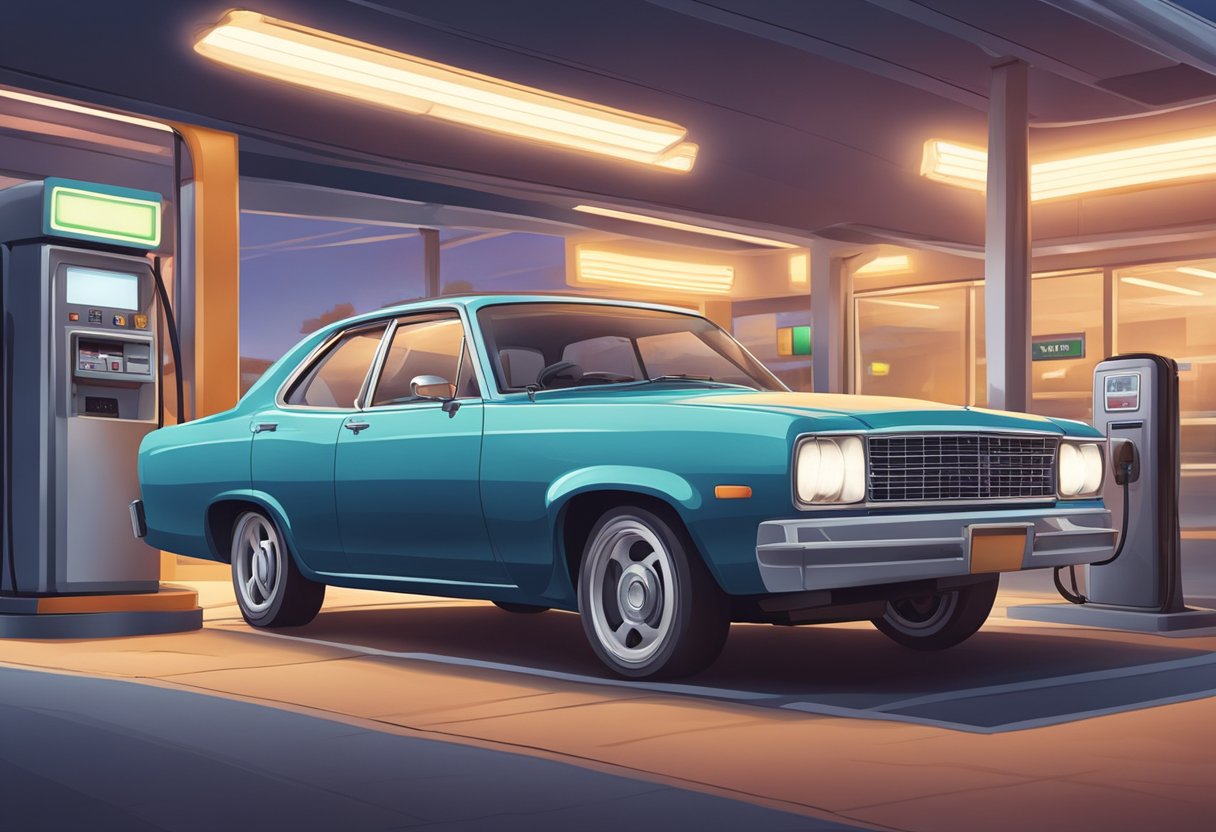
The familiar glow of the dashboard illuminated Sarah's face as she drove home from work. But tonight, a new light joined the ensemble – the dreaded check engine light. A wave of anxiety washed over her. Was it something serious? An expensive repair looming on the horizon? She remembered topping off her gas tank earlier that day and a nagging thought crept in: could something as simple as a loose gas cap be the culprit?
The check engine light can be a source of considerable stress for vehicle owners. While it can indicate a range of serious issues, a surprisingly common cause is often overlooked: a loose or faulty gas cap. This seemingly insignificant component plays a crucial role in your vehicle's emissions system, and a simple oversight can trigger that alarming dashboard warning.
The Humble Gas Cap: More Than Just a Lid
To understand why a gas cap can trigger the check engine light, we need to appreciate its function within the vehicle's fuel system.
The gas cap isn't merely a lid; it's a critical part of a sealed system designed to prevent fuel vapors from escaping into the atmosphere.
This system, known as the Evaporative Emission Control System (EVAP), is mandated by environmental regulations to reduce harmful emissions and improve air quality.
EVAP System: A Breath of Fresh Air
The EVAP system captures fuel vapors that naturally evaporate from the gas tank.
These vapors are then stored in a charcoal canister until the engine is ready to burn them.
A properly sealed fuel system, including a tightly closed gas cap, is essential for the EVAP system to function correctly.
How a Loose Gas Cap Triggers the Warning
A loose or damaged gas cap breaks the seal of the EVAP system.
This allows fuel vapors to leak into the atmosphere, reducing the pressure within the system.
The vehicle's onboard computer monitors the EVAP system for pressure changes, and if it detects a leak, it illuminates the check engine light.
Diagnosing the Gas Cap Issue
If your check engine light comes on shortly after refueling, the gas cap should be your first suspect.
Before rushing to the mechanic, take a few minutes to inspect the gas cap yourself.
Is it securely tightened? Is the rubber seal in good condition? A cracked or worn seal can also cause leaks.
The "Click" is Key
When tightening the gas cap, listen for the telltale "click" that indicates it's properly sealed.
If you don't hear the click, try removing the cap and re-tightening it, ensuring it's aligned correctly.
Sometimes, debris or dirt can prevent a proper seal, so cleaning the cap and the fuel filler neck might help.
Clearing the Code (Maybe)
Even after tightening or replacing the gas cap, the check engine light may not immediately disappear.
The onboard computer needs time to re-evaluate the system and confirm that the leak has been resolved.
In some cases, the light will turn off automatically after a few drive cycles (typically a few days of normal driving).
However, if the light persists after a week or so, you might need to have the code cleared manually.
You can do this using an OBD-II scanner, which is available at most auto parts stores, or by taking your vehicle to a mechanic.
Many auto parts stores will even scan the code for free as a service.
When It's More Than Just a Gas Cap
While a loose gas cap is a common culprit, it's important to remember that the check engine light can indicate other, more serious problems.
These can range from faulty oxygen sensors to catalytic converter issues to engine misfires.
If the light remains on after addressing the gas cap, it's crucial to have your vehicle properly diagnosed by a qualified mechanic.
Beyond the Obvious: Other EVAP System Issues
Even if the gas cap is properly sealed, the check engine light could still be related to the EVAP system.
Other potential issues include leaks in the fuel lines, a malfunctioning charcoal canister, or a faulty purge valve.
These components are more complex and typically require professional diagnosis and repair.
Prevention is Key
Fortunately, preventing gas cap-related check engine lights is relatively easy.
Always ensure the gas cap is securely tightened after refueling.
Inspect the gas cap regularly for cracks, damage, or a worn rubber seal, and replace it if necessary. A new gas cap is relatively inexpensive.
Regular Maintenance: A Vehicle's Best Friend
Beyond the gas cap, regular vehicle maintenance is essential for preventing a wide range of issues that can trigger the check engine light.
This includes oil changes, tune-ups, and regular inspections of your vehicle's systems.
Following your manufacturer's recommended maintenance schedule can help keep your vehicle running smoothly and prevent costly repairs down the road.
The Bottom Line
A loose gas cap is a surprisingly common cause of the check engine light, and often the easiest to fix.
By understanding the role of the gas cap in the EVAP system, you can save yourself time, money, and unnecessary stress.
However, if the light persists after addressing the gas cap, don't hesitate to seek professional help to ensure a safe and reliable ride.
According to the Environmental Protection Agency (EPA), a properly functioning EVAP system is crucial for reducing air pollution. Keeping your gas cap in good condition is a small but significant contribution to a cleaner environment.
So, the next time that check engine light illuminates your dashboard, take a deep breath and remember the humble gas cap. It might just be the simple solution you're looking for. But if not, knowing when to seek professional help is key to keeping your vehicle running smoothly and safely for years to come.




